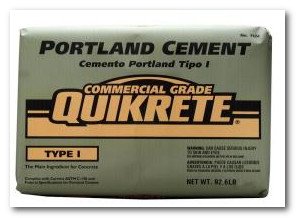What You Need to Know About the History of the Concrete Batch Plants
Concrete is one of the most common building materials used in the construction of buildings. Everything from dams to statues are made from this almost magical substance. But, how is it made? To answer this we will need to look back at the history of concrete and concrete manufacturing. You can find more information at http://concretemachinerypro.com.
Concrete is a composite material made from water and a coarse granular material that is meant to be formed into a shape as a paste, and then dry into a solid rock-like substance. This granular material can be a variety of materials, from volcanic ash to lime, as long as it has the right variation in coarseness. This substance is than held together by cement, which is make of mortar and plaster.
People have been making concrete for thousands of years. The ancient Romans were particularly known for using it to make aqueducts and bridges. Back then, they had to mix it by hand at the construction site and then pour it into a mold to let it harden into the correct shape.
Modern Concrete was developed in England in 1824. It was called Portland cement because it resembled the stone that came from the quarry near Portland, England. All Portland cement needed was some ground up granite or limestone mixed in and it was very effective concrete.
This improvement in the production of concrete also allowed people to mix most of the ingredients at another site and keep it there indefinitely until it was needed. Then all they have to do is add water, mix it, and pour. This ready-mix concrete is made at concrete batch plants and they have allowed us to make concrete efficiently and cheaply.
